Acknowledgements vii
Risk Assessment Drafting Group ix
Reviewers xi
Abbreviations used in the text xiv
Foreword xv
EXECUTIVE SUMMARY xvii
1. INTRODUCTION
1.1 Risk assessment 1
1.2 Background to the FAO/WHO microbiological risk assessment work 2
1.3 Scope of the risk assessment 4
1.4 References cited in Chapter 1 6
2. HAZARD IDENTIFICATION
2.1 Summary 7
2.2 Salmonella in foods and association with illness 7
2.3 Public health outcomes 9
2.4 Host-adapted Salmonella 12
2.5 Defining the scope of the risk assessments 13
2.6 References cited in Chapter 2 13
3. HAZARD CHARACTERIZATION OF SALMONELLA
3.1 Summary 17
3.2 Organism, host and matrix characteristics 17
3.2.1 Characteristics of the organism 17
3.2.2 Host characteristics 19
3.2.3 Factors related to the conditions of ingestion 25
3.3 Human feeding trials 27
3.4 Dose-response assessment 36
3.4.1 Dose-response models for Salmonella 36
3.5 Epidemiological information 46
3.5.1 Summary of epidemiological and outbreak information 47
3.5.2 Epidemiological data summary and analysis 76
3.6 Discussion and conclusions 90
3.7 References cited in Chapter 3 90
4. EXPOSURE ASSESSMENT OF SALMONELLA ENTERITIDIS IN EGGS
4.1 Summary 97
4.2 Review of literature, data and existing models 97
4.2.1 Introduction 97
4.2.2 Production 103
4.2.3 Distribution and storage 123
4.2.4 Egg products processing 139
4.2.5 Preparation and consumption 150
4.2.6 Summary 160
4.3 Exposure assessment model, model parameters and assumptions 161
4.3.1 Introduction 161
4.3.2 Model overview 162
4.3.3 Production 162
4.3.4 Shell egg processing and distribution 166
4.3.5 Egg products processing 169
4.3.6 Preparation and consumption 170
4.4 References cited in Chapter 4 172
5. RISK CHARACTERIZATION OF SALMONELLA ENTERITIDIS IN EGGS
5.1 Summary 177
5.2 Risk estimation for S. Enteritidis in eggs 177
5.2.1 Model overview 177
5.2.2 Results 177
5.2.3 Uncertainty 179
5.2.4 Discussion 181
5.3 Risk management options for S. Enteritidis in eggs 181
5.3.1 Estimation of the risk of illness from S. Enteritidis in eggs in the
general population at different prevalence and concentration levels
of contamination 181
5.3.2 Estimation of the change in risk likely to occur from reducing the
prevalence of infected flocks and destroying breeding or laying
flocks, and estimation of the change in risk likely to occur from
reducing the prevalence of S. Enteritidis-positive eggs through
testing of flocks and diversion of their eggs to pasteurization, and
including the effect of pasteurization 184
5.3.3 Estimation of the change in risk likely to occur from the use of
competitive exclusion or vaccinating flocks against S. Enteritidis 189
5.3.4 Estimation of the change in risk likely to occur from minimizing the
number of S. Enteritidis organisms in eggs through refrigeration of
eggs after lay and during distribution, or requiring a specific shelf
life for eggs stored at ambient temperatures 191
5.4 Discussion 192
5.5 References cited in Chapter 5 193
6. EXPOSURE ASSESSMENT OF SALMONELLA IN BROILER CHICKENS
6.1 Summary 195
6.2 Review of literature, data and existing models 195
6.2.1 Introduction 195
6.2.2 Production-to-consumption pathways 196
6.2.3 Primary production 201
6.2.4 Transport and processing 208
6.2.5 Retail, distribution and storage 218
6.2.6 Preparation 232
6.2.7 Consumption 243
6.2.8 Review of models available 245
6.2.9 Recommendations 249
6.3 Exposure assessment model, model parameters and assumptions 250
6.3.1 Introduction 250
6.3.2 Model overview 250
6.3.3 Processing 251
6.3.4 Distribution and storage 254
6.3.5 Preparation and consumption 258
6.3.6 Calculation of the number of salmonellae consumed 260
6.4 Model description and parameters 261
6.5 References cited in Chapter 6 265
7. RISK CHARACTERIZATION OF SALMONELLA IN BROILER CHICKENS
7.1 Summary 277
7.2 Risk estimation 277
7.2.1 Results 277
7.2.2 Validation of model results 280
7.2.3 Impact of uncertain parameters on risk estimates 280
7.3 Risk management options using alternative assumptions 283
7.3.1 Reducing prevalence 283
7.3.2 Reduction in numbers of Salmonella on contaminated carcasses 284
7.3.3 Change in consumer behaviour and the impact on risk 286
7.3.4 Intervention methods for controlling Salmonella on poultry 288
7.4 References cited in Chapter 7 293
8. DATA GAPS AND FUTURE RESEARCH NEEDS
8.1 Hazard characterization 297
8.2 Exposure assessment of S. Enteritidis in eggs 297
8.3 Exposure assessment of Salmonella in broiler chickens 298
9. THE APPLICATION OF MICROBIOLOGICAL RISK ASSESSMENT 301
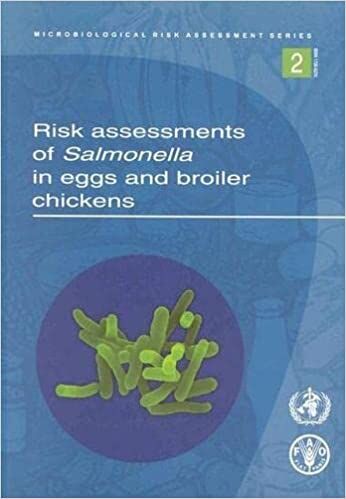


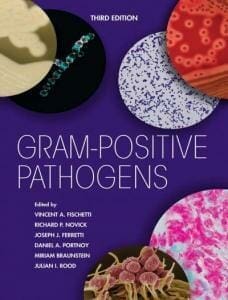


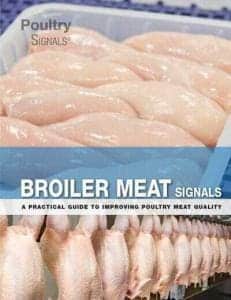
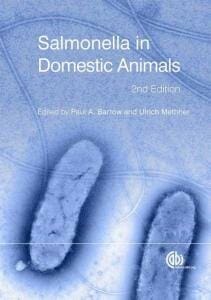

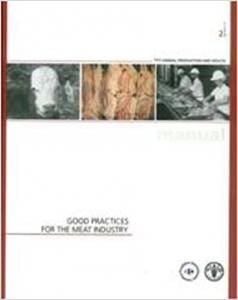





![Ettinger’s Textbook of Veterinary Internal Medicine 9th Edition [PDF+Videos] Ettinger’s Textbook of Veterinary Internal Medicine 9th Edition [True PDF+Videos]](https://www.vet-ebooks.com/wp-content/uploads/2024/10/ettingers-textbook-of-veterinary-internal-medicine-9th-edition-100x70.jpg)

![Textbook of Veterinary Diagnostic Radiology 8th Edition [PDF+Videos+Quizzes] Thrall’s Textbook of Veterinary Diagnostic Radiology, 8th edition PDF](https://www.vet-ebooks.com/wp-content/uploads/2019/09/textbook-of-veterinary-diagnostic-radiology-8th-edition-100x70.jpg)






